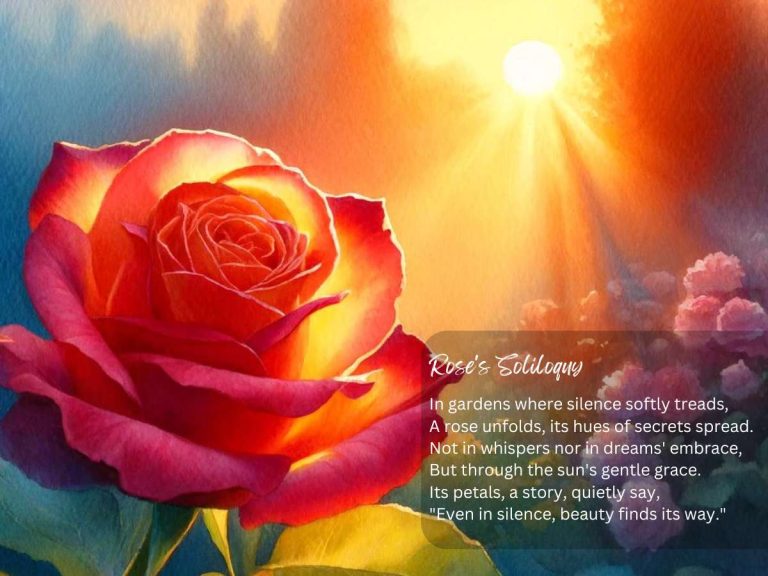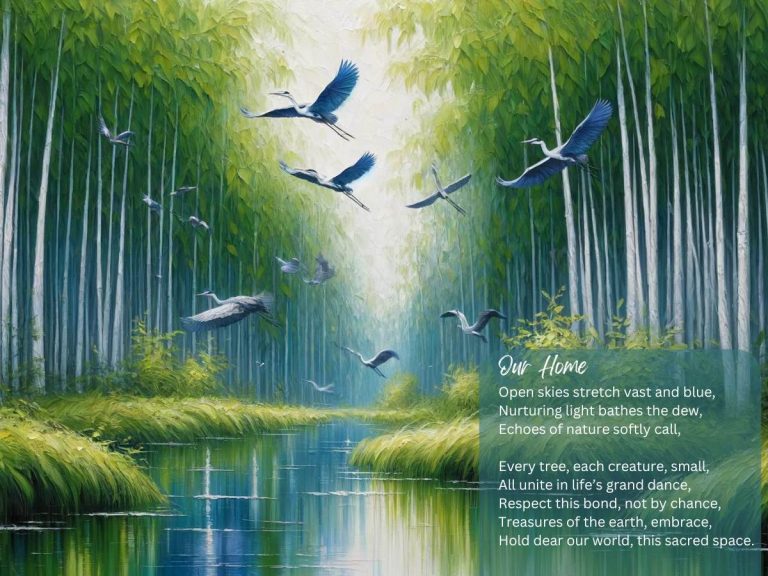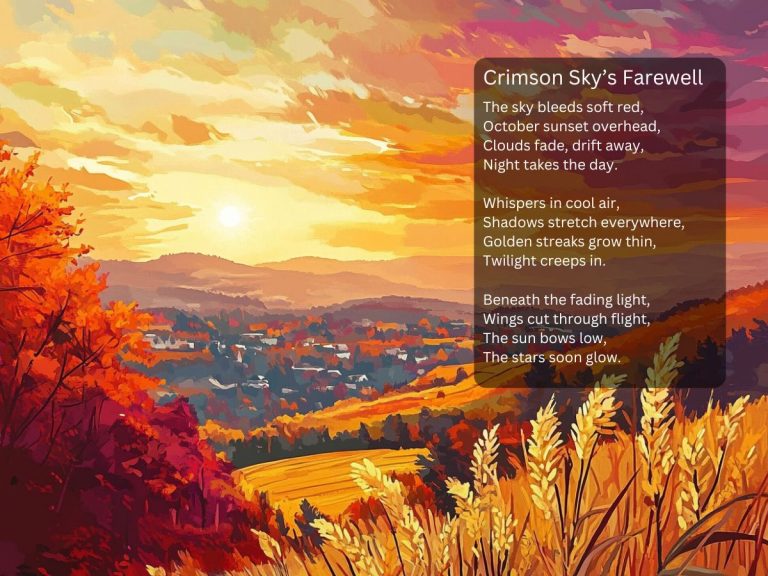The Daffodil Murderer
Valley where sunlight softly treads,
A shadow looms, quietly spreads.
Once daffodils in abundance bloomed,
Now lies silence, beauty entombed.
Beneath the moon, a solitary figure,
Hands that played life's abridger.
Among petals, yellow turned grey,
The daffodil murderer walks away.
No more laughter springtime brings,
Just whispers of sorrow that clings.
A garden once vibrant, now a grave's disguise,
Underneath the ever-watchful skies.
Yet, darkness reveals a single flower's stand,
Defiant bloom, ignoring demands.
A symbol of hope, amidst despair,
Reminder that beauty can emerge anywhere.
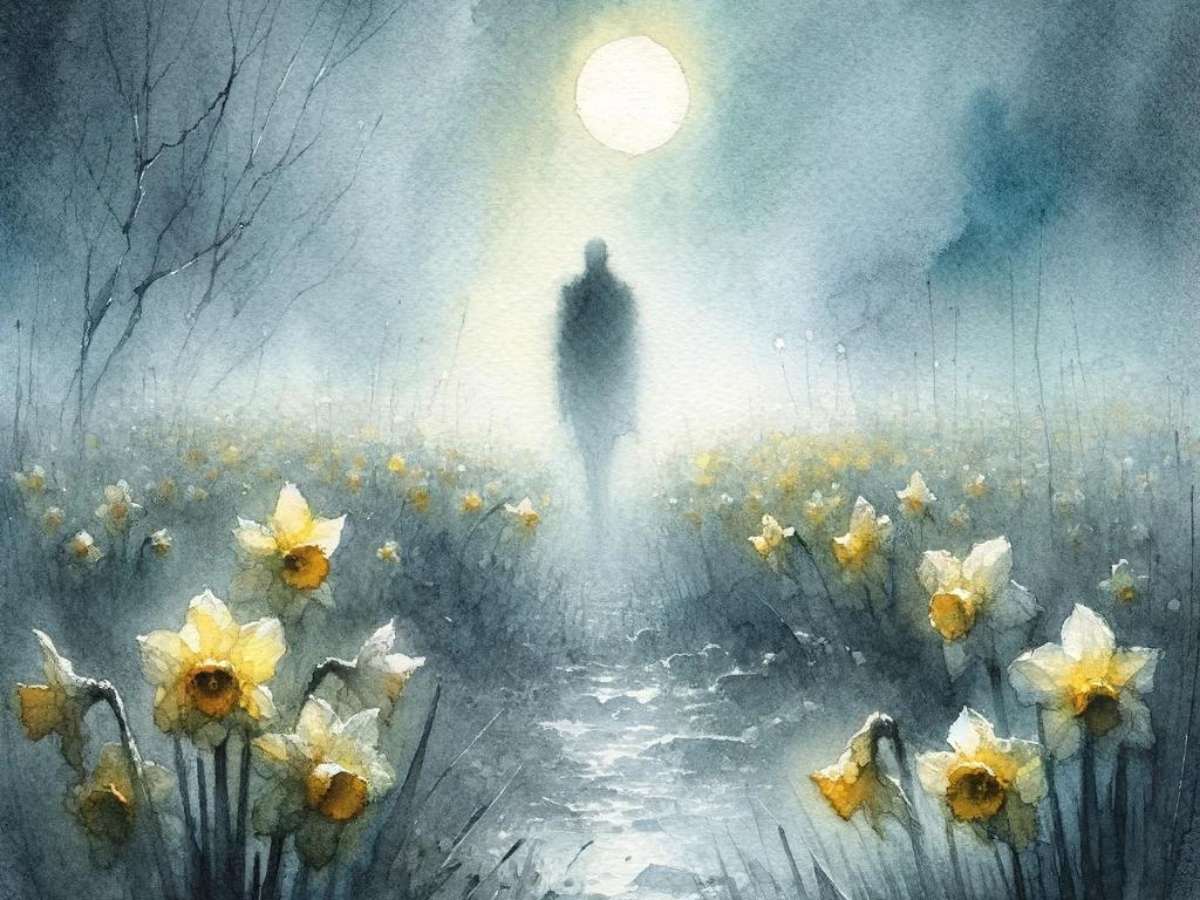
Meaning
The Daffodil Murderer poem delves into the contrast between the beauty of life and the inevitability of death. The poem paints a vivid picture of a once vibrant valley of daffodils, now overshadowed by a sinister presence. It explores themes of loss, the impact of negative actions on nature, and the resilience of life, symbolized by a single blooming daffodil amidst the desolation. This lone flower stands as a beacon of hope, suggesting that even in the darkest times, beauty and life can persist.
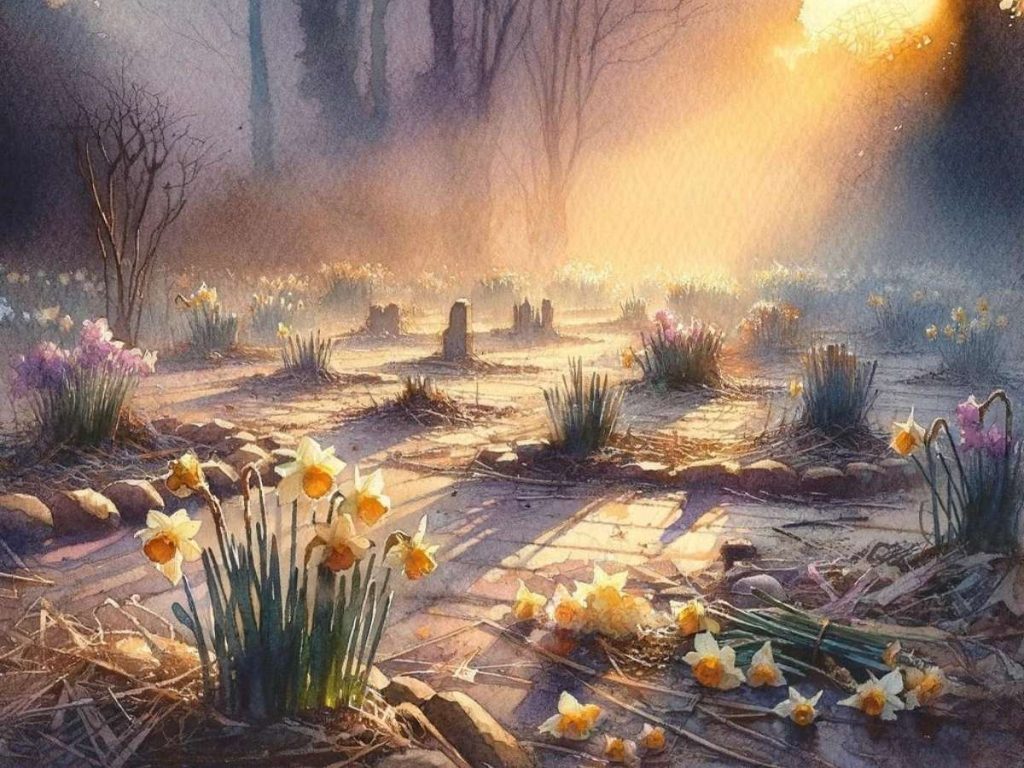
Analysis
- The imagery of a valley “where sunlight softly treads” juxtaposes the later “shadow” of death, highlighting the delicate balance between life and its cessation.
- The transition from “abundance bloomed” to “beauty and life entombed” captures the destruction wrought by the titular character, emphasizing the fragility of beauty.
- The solitary figure, marked as “life’s abridger,” introduces a human element to the natural cycle, suggesting the impact of human actions on the environment.
- The recurring motif of the daffodil, both in life and death, serves as a symbol for the cycles of nature and the persistence of hope in the face of despair.
- The final stanza offers a poignant contrast to the poem’s earlier darkness, underscoring the theme of resilience and the power of life to overcome adversity.
Inspirations Behind
As I wandered through the fields this spring, the sight of daffodils stretching towards the sun filled me with a sense of renewal. However, amidst this beauty, the remnants of a trampled flowerbed caught my eye, a stark reminder of nature’s vulnerability to human recklessness. This moment of contrast between creation and destruction inspired “The Daffodil Murderer.” It became a narrative exploring the impact of our actions on the natural world, and a homage to the resilience of life, always finding a way to assert itself against the odds.

